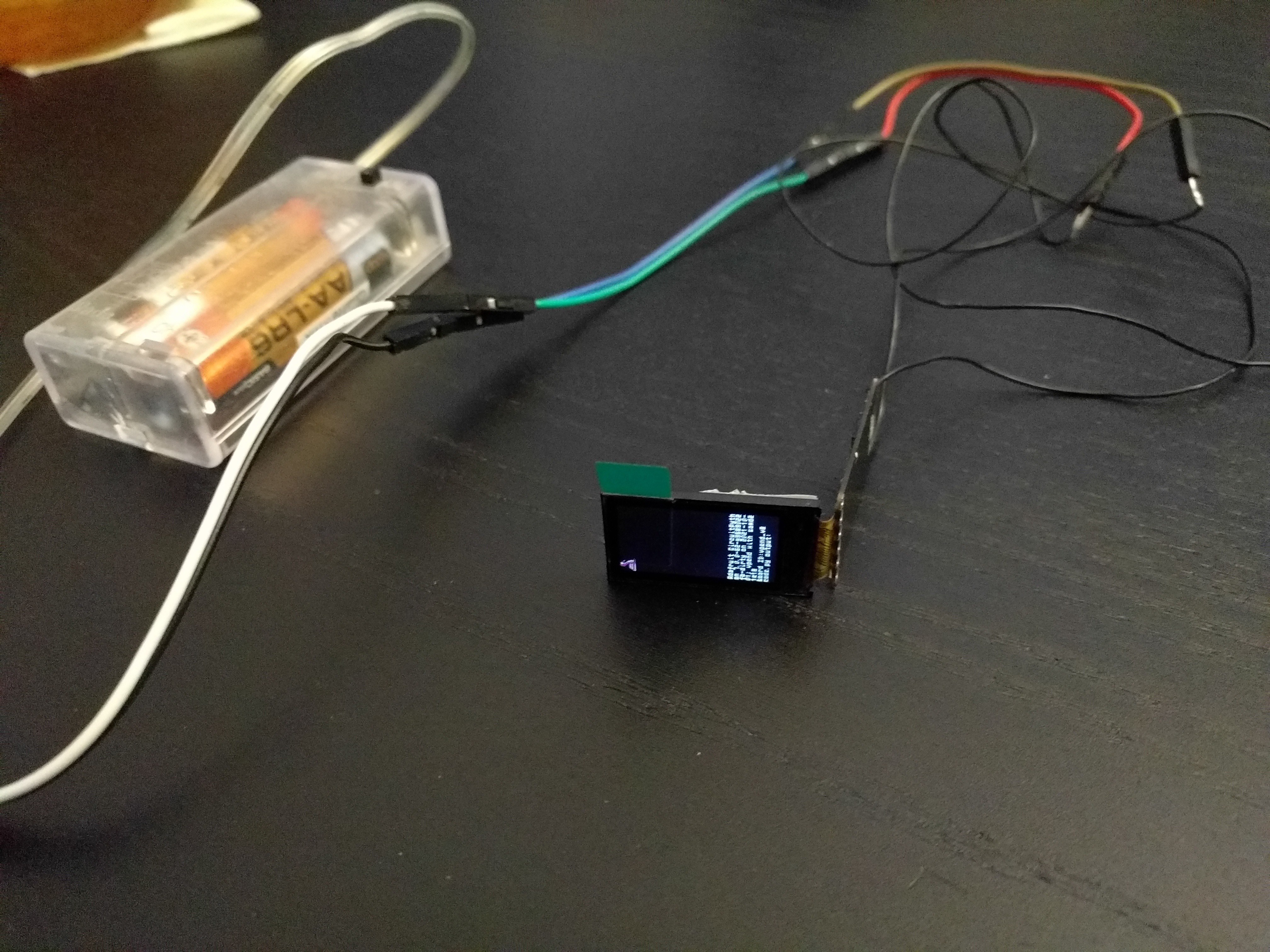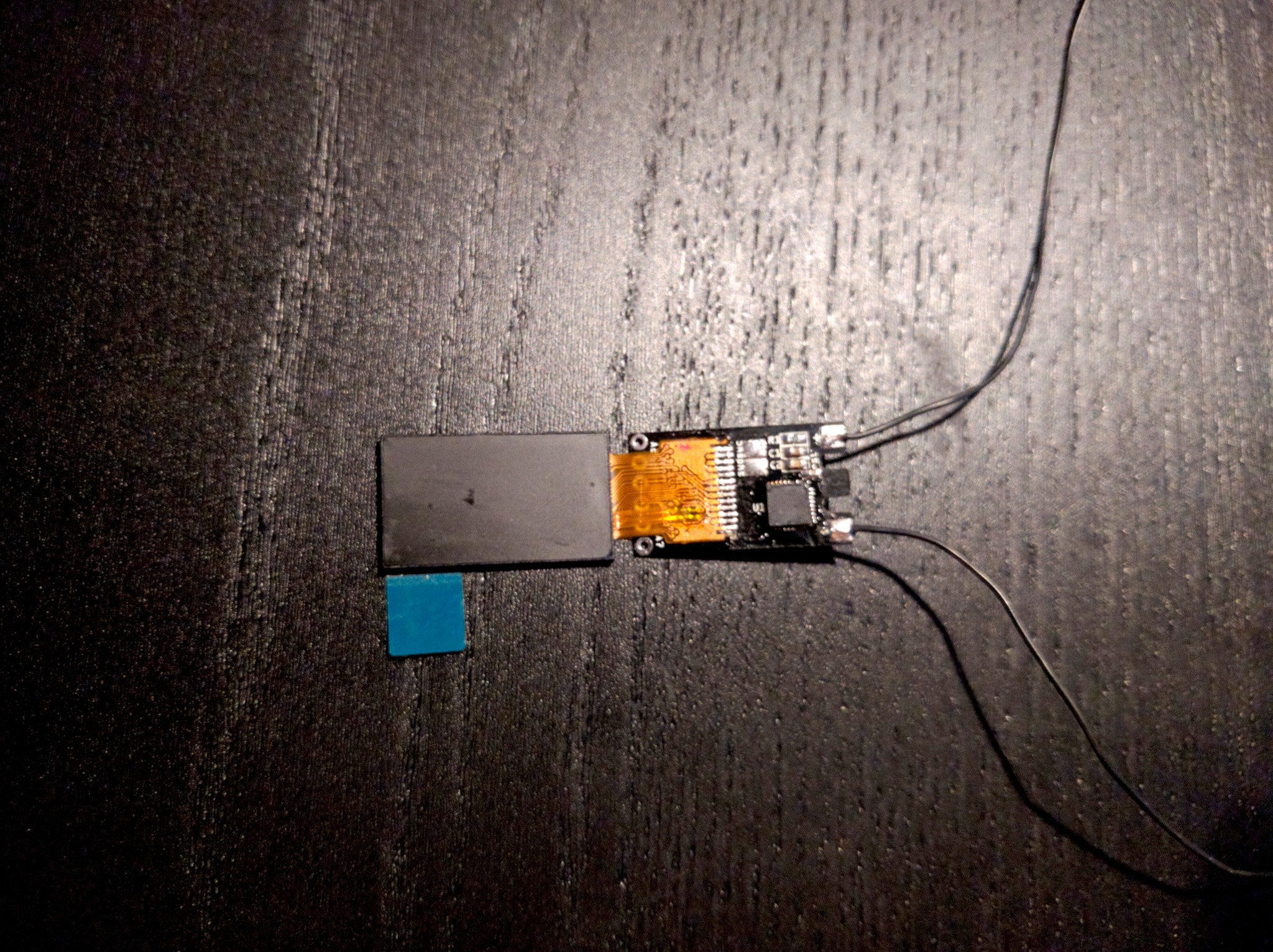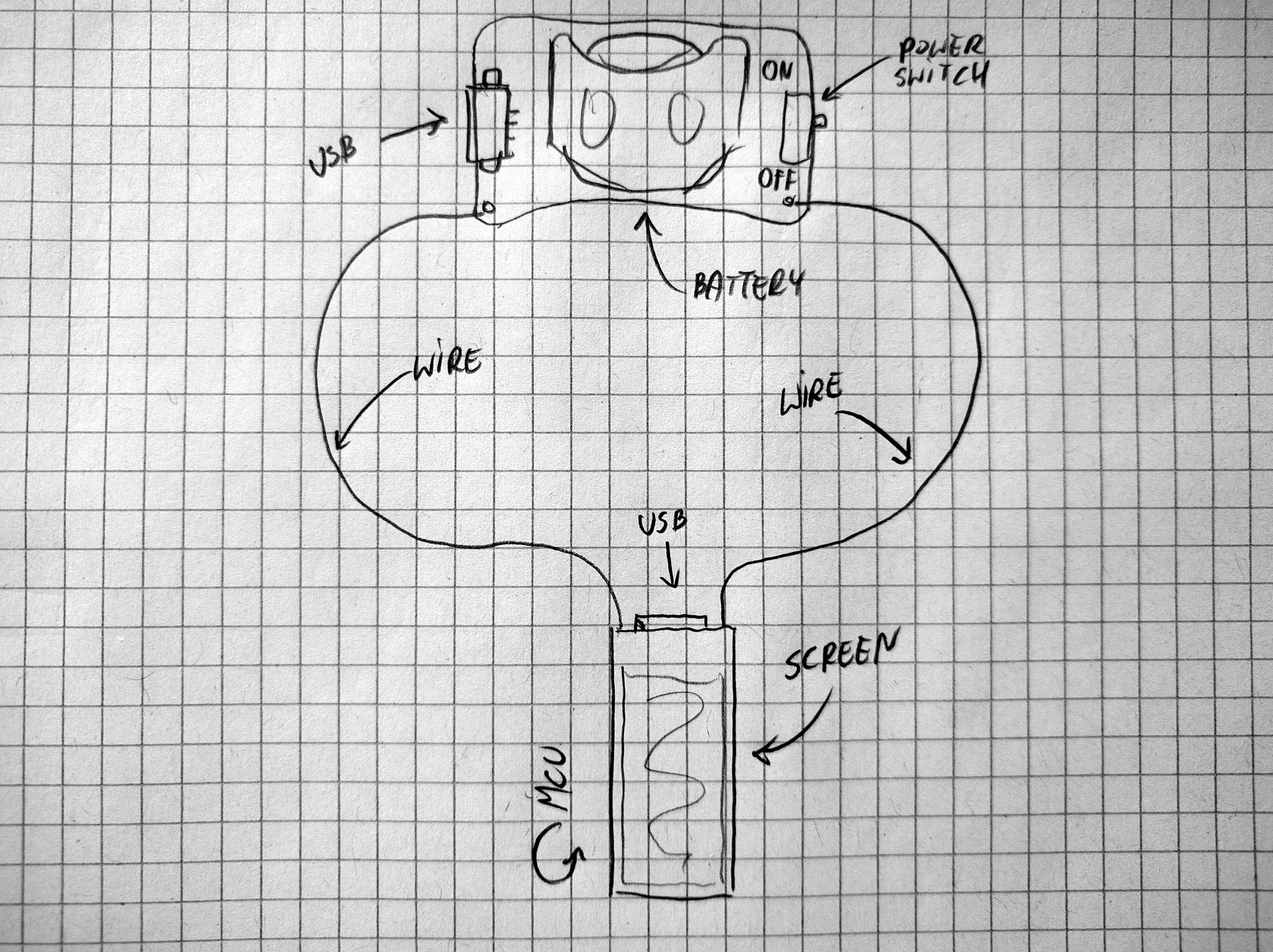This is continuing the work from #Video Pendant — I had to create a new project page to submit it to the contests.
The idea is to use one of those tiny TFT screens to build a piece of jewelry that you wear on your neck, to which you can save any animated GIF file of the right size, to have it displayed on the screen.
 deʃhipu
deʃhipu



yes, i 100% agree that your idea would be much more ideal, and i have no idea how that would get done